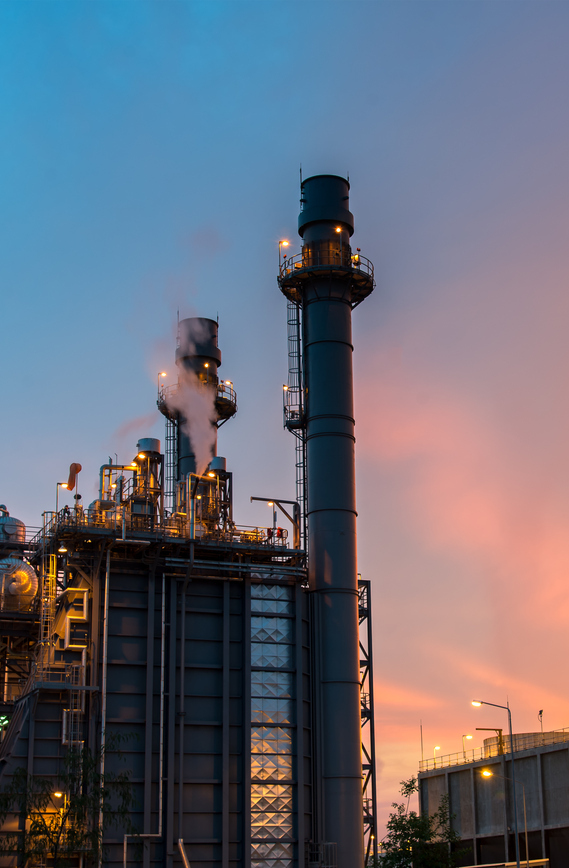2023 Trends for the energy sector
Climate change, energy dependence on Russia, the obligation to reduce carbon emissions and many other factors have increased the importance of energy transition, and this topic is at the top of the world's agenda and concerns.
The American-Irish multinational energy management company Eaton thus presents the 5 trends for the energy services sector in 2023.
Trend 1: Decentralized energy production
Over the years a significant change in the "grid boundaries" has been witnessed. Previously, homes, businesses and industries that consumed energy were "behind the meter". With the new possibility of generating some of their own energy (through assets such as solar panels), and managing their own supply and demand with energy storage systems, these entities have moved "in front of the meter."
This new group, called Prosumers (because they produce and consume energy), marks the way forward in an energy market that must move away from heavy reliance on fossil fuels to mitigate climate change.
For national economies, domestically generated energy (even on a small scale) reduces import dependency and increases energy security. However, this decentralization brings difficulties and challenges for the energy services sector, which has to balance the variable flow of energy from Prosumers and commercial renewables with stable supply, particularly at times of peak demand on the grid.
Trend 2: Demand-side flexibility
As Prosumers become more familiar with power generation, they also begin to understand how they can monetize all production and storage capacity. This new context poses a major challenge for district Distribution network operators (DNOs) who are having difficulty adjusting to the emerging reality of having to handle bi-directional power flows in networks developed for unidirectional flows from just a few generators to many consumers.
To be able to optimally manage issues such as the grid congestion that power generation flows can cause, DNOs will need to move closer to District System Operators (DSOs). During 2023, the debate over the structure of DNOs and DSOs will crystallize. According to a new study by DNV (Det Norske Veritas: the world's leading provider of certification, assurance, and risk management), published by SmartEn, unleashing the full flexibility of buildings, electric vehicles, and industry by 2030 would reduce distribution grid investment costs by up to $29.1 MM per year. It could also save consumers up to €71 MM per year, avoid 15.5 TeraWatt-Hours of curtailment of electricity produced from renewable energy sources, €2.7 MM corresponding to peak generation, and avoid 37.5 million tons of annual greenhouse gas emissions.
Trend 3: Digitalization
This new reality of the complex energy model encompassing many variable points of supply and consumption must be managed digitally, yet utilities are torn between progressing with the digitalization of their networks and upgrading existing infrastructure.
An international study has concluded that the utility sector is at a critical transition point. The challenge is to maintain current network and service levels, (despite increasing demands and aging infrastructure), while facing the need to change service models and apply information extracted from data analytics to optimize operations.
Trend 4: Cybersecurity
Decentralization and digitization involve processing a large volume of data. The more data there is in a system, the more vulnerabilities there are. This vulnerability implies greater data protection, which is summed up in enhanced Cybersecurity. There is a collective responsibility to prepare the grid for the energy transition, as well as ensuring that no cyber-attacks can compromise buildings.
The energy and cybersecurity sectors will need to join forces and work together to safeguard the grid and ensure that net-zero ambitions are not compromised by cyberattacks. Governments should also work closely with the energy sector to this end, to ensure the robustness of the entire strategy through the adoption of private investment and innovative new technologies that pave the way for better risk management processes and frameworks.
Trend 5: SF6-free switchgear
Sulfur hexafluoride, or SF6, is a gas widely used in medium and high-voltage switchgear, which under adverse conditions can be harmful to health. In this light, the EU and other countries such as the UK are set to ban the use of this gas starting this decade. Utilities, along with the many other sectors that use this type of switchgear will have to adapt to the new reality and choose other alternatives for future projects. The ban will dispute an increase in the costs of refills and end-of-life decommissioning and recycling.
The decision to abolish SF6 is not difficult and should be considered this year. Medium voltage switchgear technology without the use of SF6 is mature, and widely available in the range up to and including 24kV. Sustainability is one of the strong, cross-industry themes, so it is important to keep up with trends and take advantage of challenges to create opportunities.

